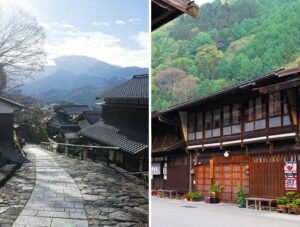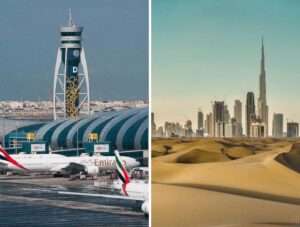Discover Chemnitz: Germany’s Hidden Gem of Cold War Relics and Cultural Festivals

A City of Unconventional Charm
Nestled in the heart of Saxony, Chemnitz is a city that defies conventional beauty yet captivates with its unique charm. Known as the third-largest city in Saxony, Chemnitz is often overshadowed by its more famous neighbors, Dresden and Leipzig. However, this year, Chemnitz is stepping into the spotlight as a European Capital of Culture, sharing the title with Nova Gorica in Slovenia. With over 223 projects and more than 1,000 events planned, the city is ready to showcase its rich cultural tapestry.
A Journey Through History
Chemnitz’s history is a fascinating blend of industrial prowess and Cold War relics. Once a bustling industrial hub in the 19th and early 20th centuries, the city was heavily bombed during World War II, resulting in the destruction of 80% of its center. In 1952, the East German government renamed the city Karl-Marx-Stadt, despite the fact that Karl Marx never visited. This era left behind a legacy of Eastern Modernism architecture, which coexists with the ornate Art Nouveau townhouses that survived the war.
One of the city’s most iconic landmarks is the massive 40-tonne bust of Karl Marx, a testament to its Cold War past. This colossal sculpture, along with the 300-meter-high power plant chimney known as the Lulatsch, adds to Chemnitz’s quirky appeal. The Lulatsch, adorned with colorful rings by French artist Daniel Buren, is considered one of the world’s tallest works of art.
Cultural Renaissance and Festivals
Chemnitz is not just about history; it’s a city that embraces creativity and reinvention. The 2025 cultural calendar is packed with intriguing events, including the Hutfestival in May, where locals don eccentric hats, and Slackfest in August, showcasing the art of slacklining. The city’s fifth Steampunk Festival in June promises a retro-futuristic experience for visitors.
Art enthusiasts will find plenty to explore, from the Museum Gunzenhauser, housing works by Otto Dix, to the restored Villa Esche, a tribute to Belgian artist Henry van de Velde. The Purple Path, an art and sculpture trail, connects 38 municipalities in the Chemnitz region, offering a comprehensive cultural experience.
A City of Reinvention
Chemnitz’s mayor, Sven Schulze, describes the city as one of reinvention. Once a city in the shadows, Chemnitz is now embracing its creative potential. The opening celebrations at the Opera House set the tone for a year of cultural exploration, with theatrical performances and music acts drawing crowds of 80,000 people.
As the city thaws from its winter chill, venues like the Weltecho club come alive with jazz and vibrant performances, offering a glimpse into the past while celebrating the present. Chemnitz is a city that invites visitors to discover its hidden gems and be surprised by its creativity.









